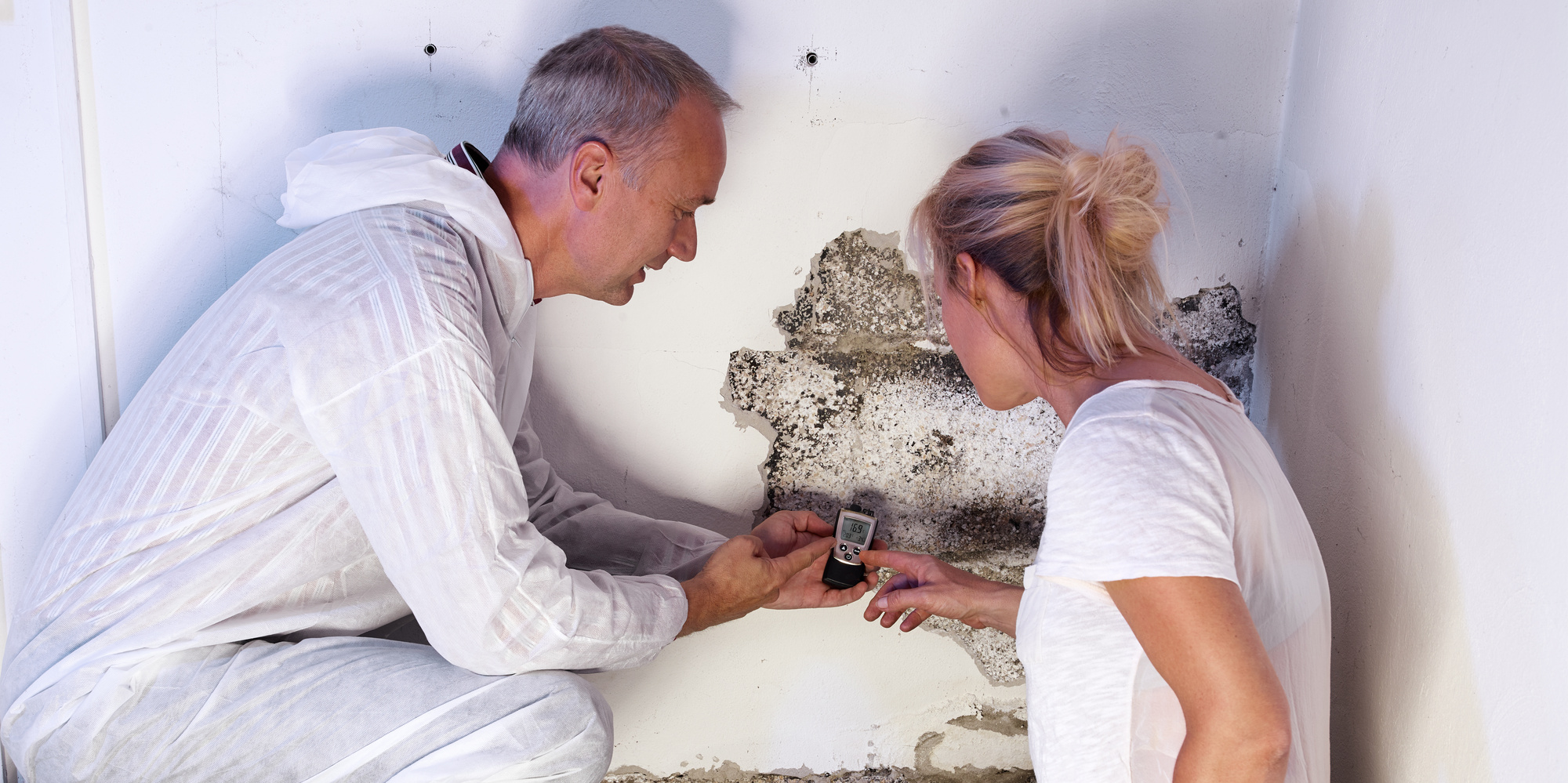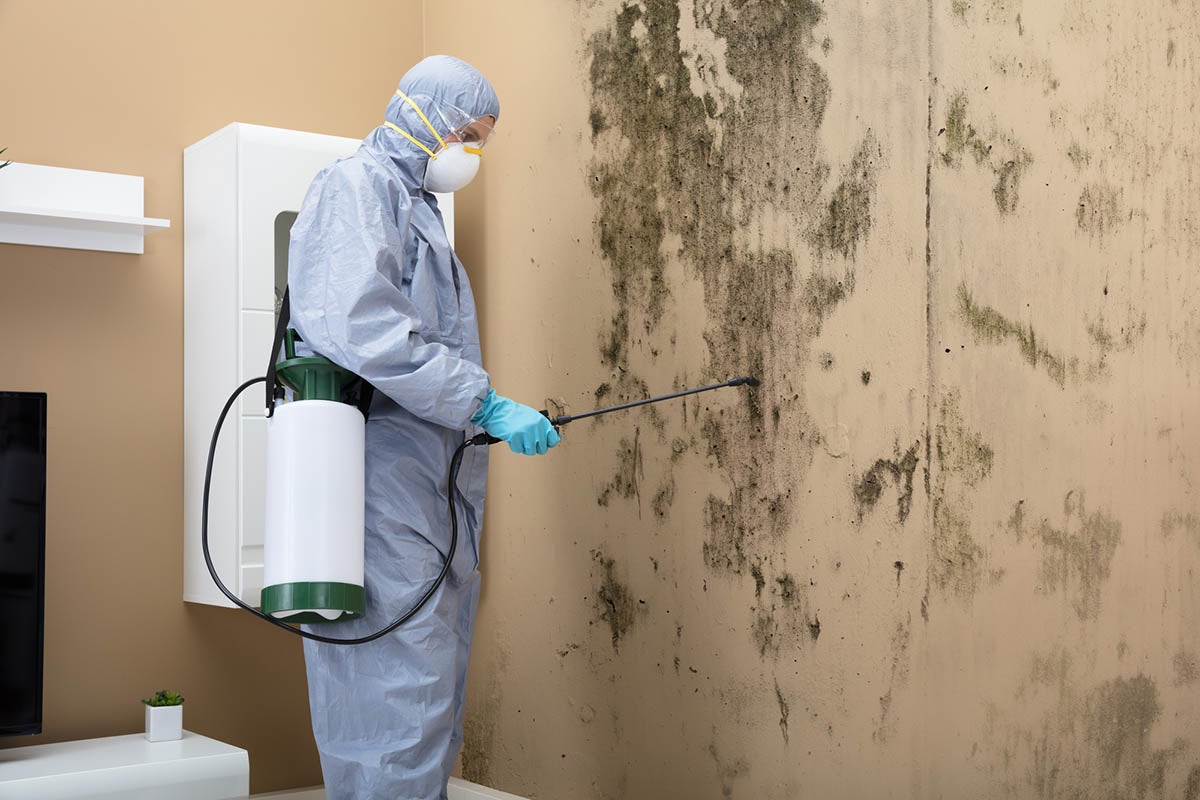Guaranteeing Post Remediation Verification Precision
Wiki Article
Effective Article Mold And Mildew Removal Solutions for Your Home
Mold growth in homes can be a persistent problem, frequently calling for a methodical technique for effective post-remediation remedies. From comprehending the elements that contribute to mold growth to executing proper cleansing techniques and moisture control procedures, the procedure can be detailed yet essential for keeping a healthy and balanced living setting. what to do after mold remediation.Recognizing Mold And Mildew Development Elements
Mold and mildew growth is affected by a range of aspects that are critical to comprehend in order to properly address and avoid its spreading. Understanding these elements is vital in implementing successful mold and mildew removal methods. The key variable contributing to mold and mildew growth is wetness. Mold spores call for wetness to sprout and flourish, making damp or moist atmospheres very prone to mold problems. Poor ventilation can additionally lead to moisture buildup, producing a suitable reproduction ground for mold and mildew.
In addition, air movement and light direct exposure can affect mold and mildew development. Areas that lack correct ventilation and natural light are extra prone to mold development. By attending to these elements thoroughly, people can effectively minimize mold and mildew growth and protect their living atmospheres.
Appropriate Mold And Mildew Cleansing Methods
Utilizing reliable cleansing techniques is essential in protecting against the recurrence and resolving of mold and mildew contamination in indoor atmospheres. When taking care of mold, it is essential to prioritize safety and security by putting on safety gear such as goggles, handwear covers, and masks. The very first step in proper mold cleansing is to have the damaged area to stop the spread of spores to unpolluted areas. This can be achieved by sealing off the room and making use of air scrubbers or unfavorable air devices to maintain air high quality.
Executing Wetness Control Steps
To properly prevent mold and mildew growth and contamination in indoor environments, implementing dampness control procedures is extremely important. Moisture is the primary variable that fuels mold development, making it important to handle humidity degrees within the home. One efficient procedure is to make use of dehumidifiers to preserve indoor moisture levels below 60%. Furthermore, making Visit This Link certain correct ventilation in locations prone to moisture buildup, such as bathrooms and kitchens, can aid minimize the danger of mold growth. On a regular basis inspecting and fixing any type of leaks in plumbing, roofing systems, or home windows is likewise necessary in preventing excess dampness accumulation. Utilizing exhaust fans while cooking or bathing, and permitting air circulation by keeping furnishings somewhat away from wall surfaces can aid in dampness control. Utilizing moisture-resistant materials in high-humidity areas, such as mold-resistant drywall and paints, can be advantageous. By diligently implementing these moisture control steps, house content owners can effectively minimize the possibility of mold recontamination and preserve a healthy and balanced interior setting.Using Natural Remediation Solutions
After efficiently carrying out wetness control actions to prevent mold growth in indoor atmospheres, homeowners can now explore the performance of all-natural removal remedies in keeping a healthy living room. Natural removal remedies use ecologically friendly methods to fight mold and mildew and mold, making them a prominent option for those seeking safe alternatives. By incorporating these all-natural remediation options right into their cleansing routines, homeowners can successfully fight mold growth while advertising a much healthier indoor atmosphere for themselves and their families.
Maintaining a Mold-Free Setting
In mold removal steps order to avoid mold recurrence and ensure a continually mold-free setting, it is essential for home owners to apply proactive maintenance techniques. On a regular basis inspecting areas susceptible to mold and mildew growth, such as bathrooms, attic rooms, kitchens, and cellars, is important. Dealing with any type of leaks, water damage, or excess moisture promptly can dramatically reduce the danger of mold advancement. Post remediation mold testing near me. Appropriate air flow in areas with high humidity levels is also essential to avoid mold development. Using dehumidifiers or exhaust followers can aid preserve optimum wetness degrees and dissuade mold spores from prospering.In addition, preserving sanitation in the home is vital for mold avoidance. Consistently cleansing and dusting surfaces, rugs, and furniture can assist eliminate mold spores before they have an opportunity to resolve and multiply. Making use of mold-resistant products for building and construction products and home furnishings can even more assist in producing a mold-free atmosphere. Maintaining interior plants in check and making sure correct water drainage in exterior landscape design can lessen dampness build-up, reducing the likelihood of mold problems. By adhering to these positive upkeep techniques, house owners can effectively maintain a mold-free space.
Final Thought
In final thought, it is important to address mold and mildew growth factors, make use of proper cleansing techniques, apply moisture control procedures, utilize all-natural removal options, and preserve a mold-free setting in order to effectively manage article mold removal in your home - After mold remediation. By complying with these techniques, you can stop mold and mildew from recurring and ensure a healthy living environment for you and your family members
The primary factor contributing to mold and mildew development is dampness. Mold and mildew spores call for dampness to flourish and germinate, making damp or moist atmospheres extremely vulnerable to mold infestations.To effectively avoid mold development and contamination in interior settings, carrying out wetness control actions is extremely important. In addition, ensuring proper ventilation in areas vulnerable to moisture buildup, such as shower rooms and kitchen areas, can help reduce the danger of mold growth.After efficiently applying wetness control procedures to protect against mold and mildew development in indoor atmospheres, house owners can now explore the effectiveness of all-natural remediation remedies in keeping a healthy living area.
Report this wiki page